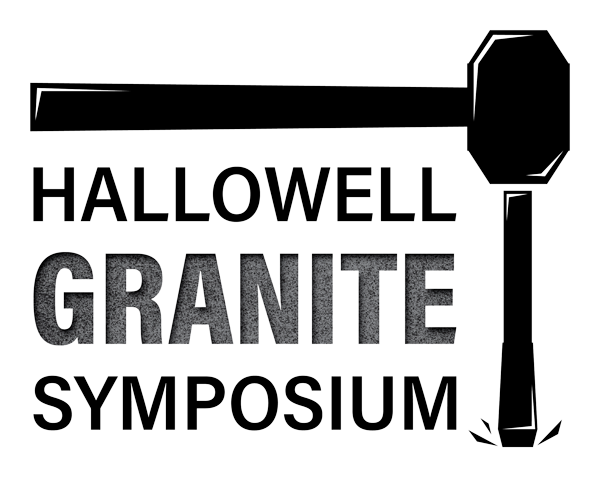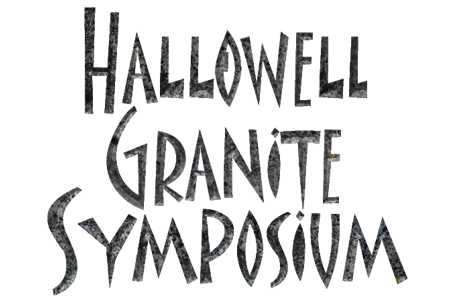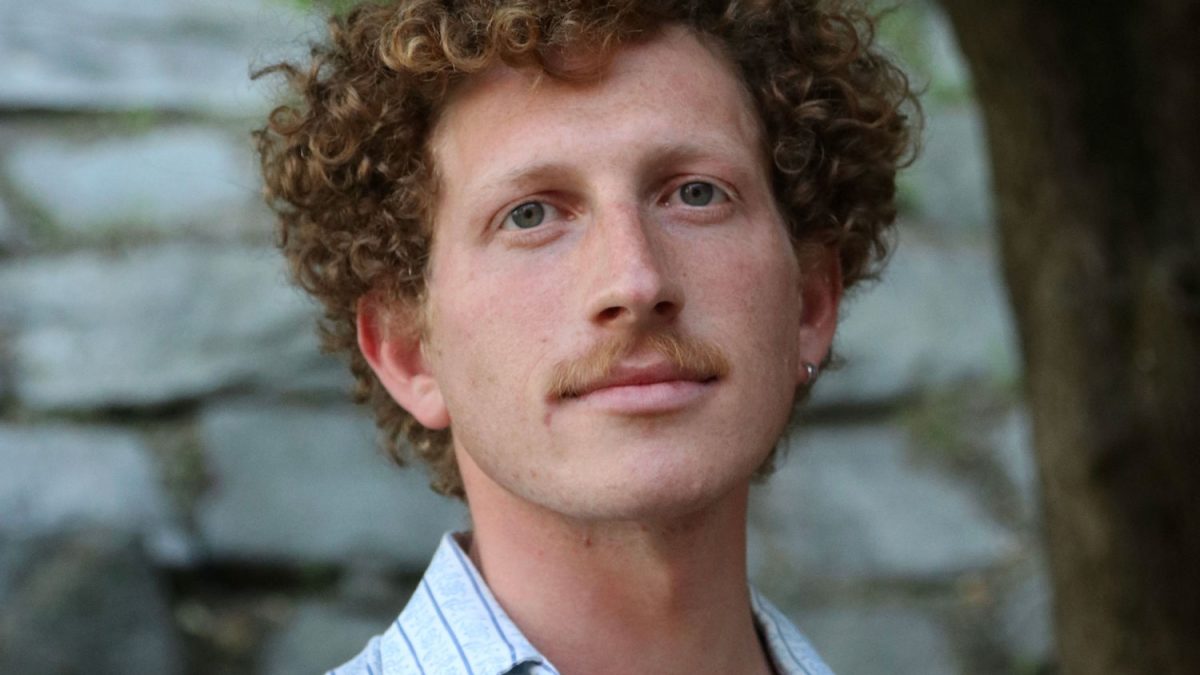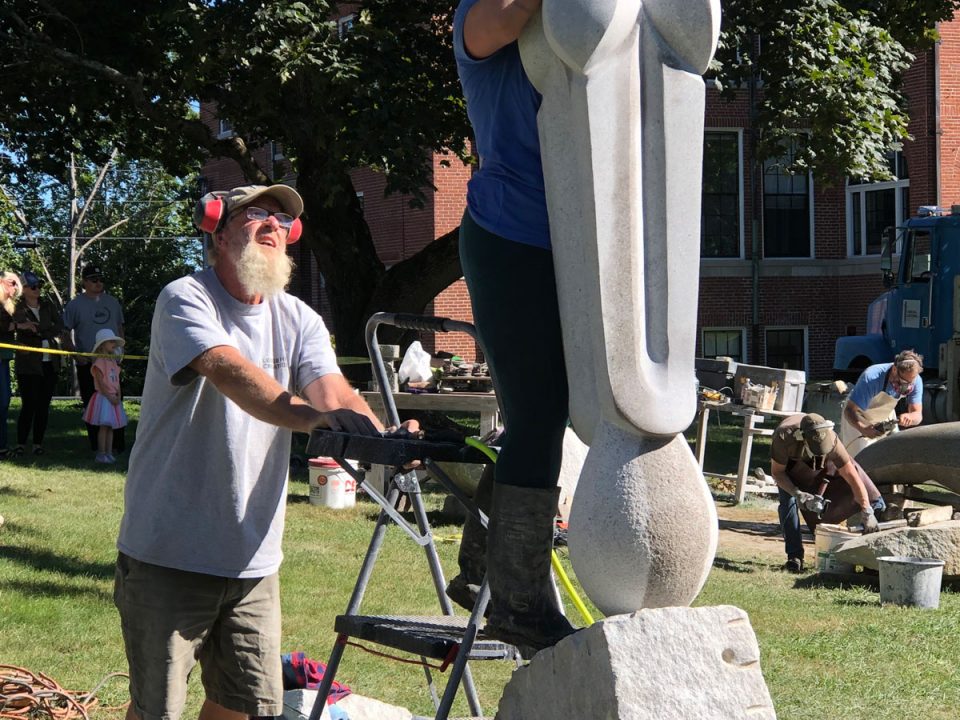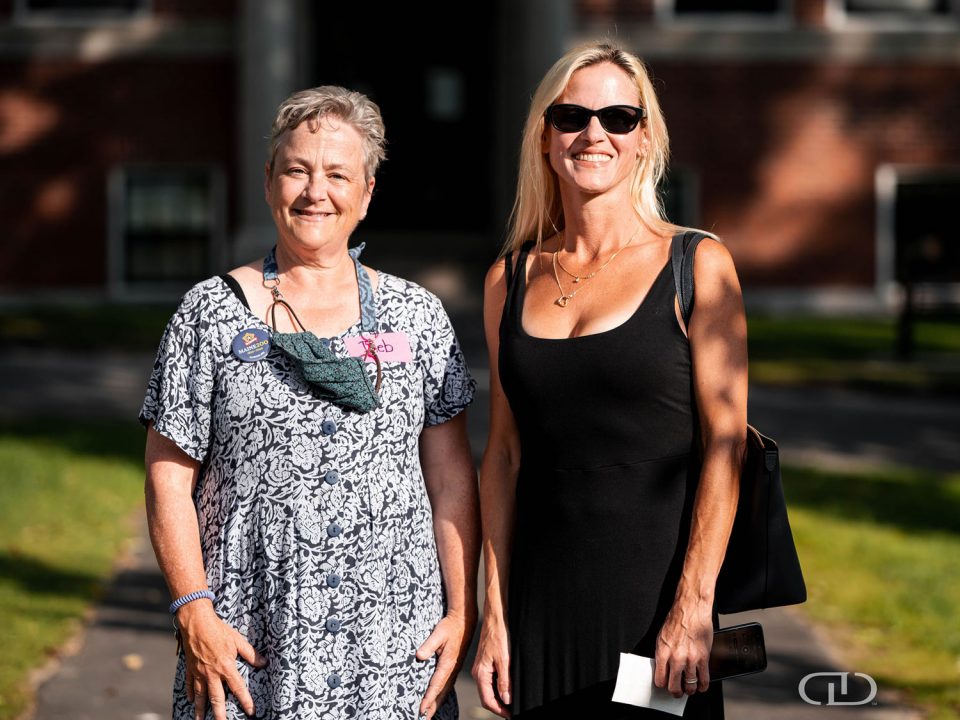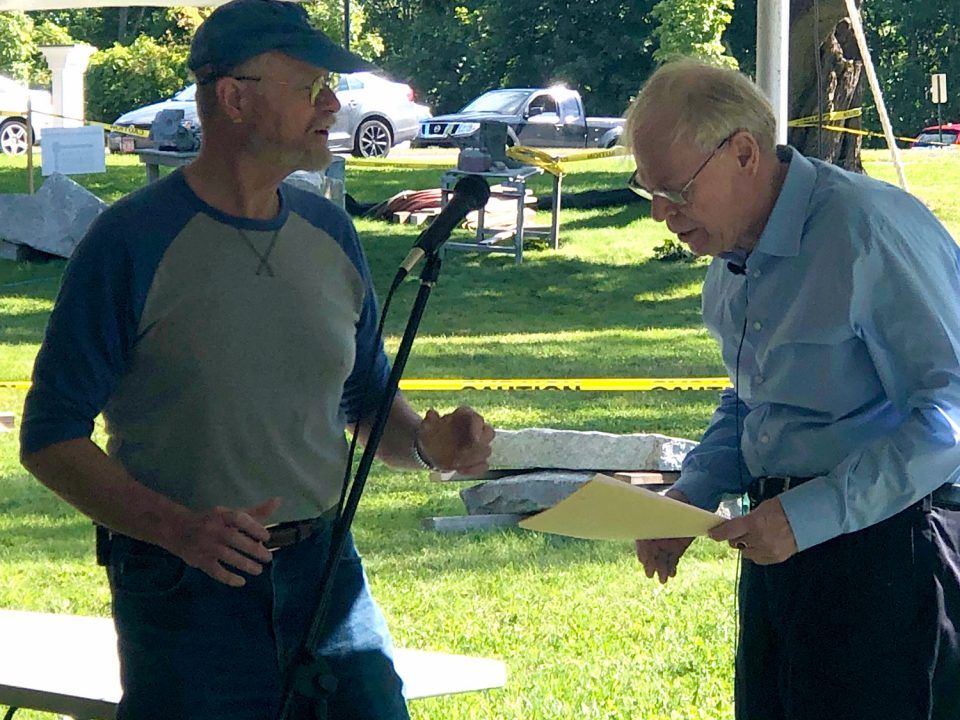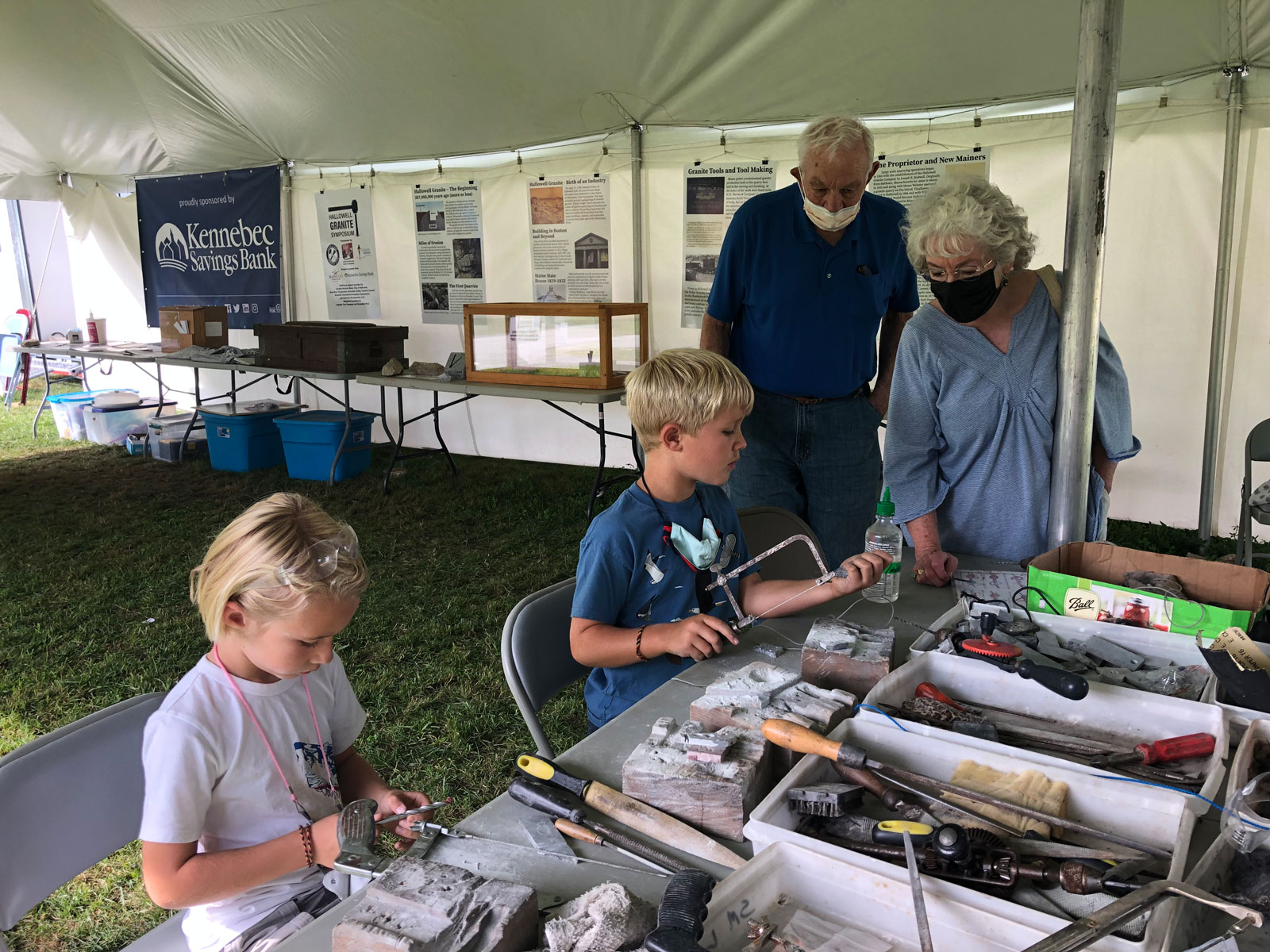
Fun for all ages!
September 7, 2021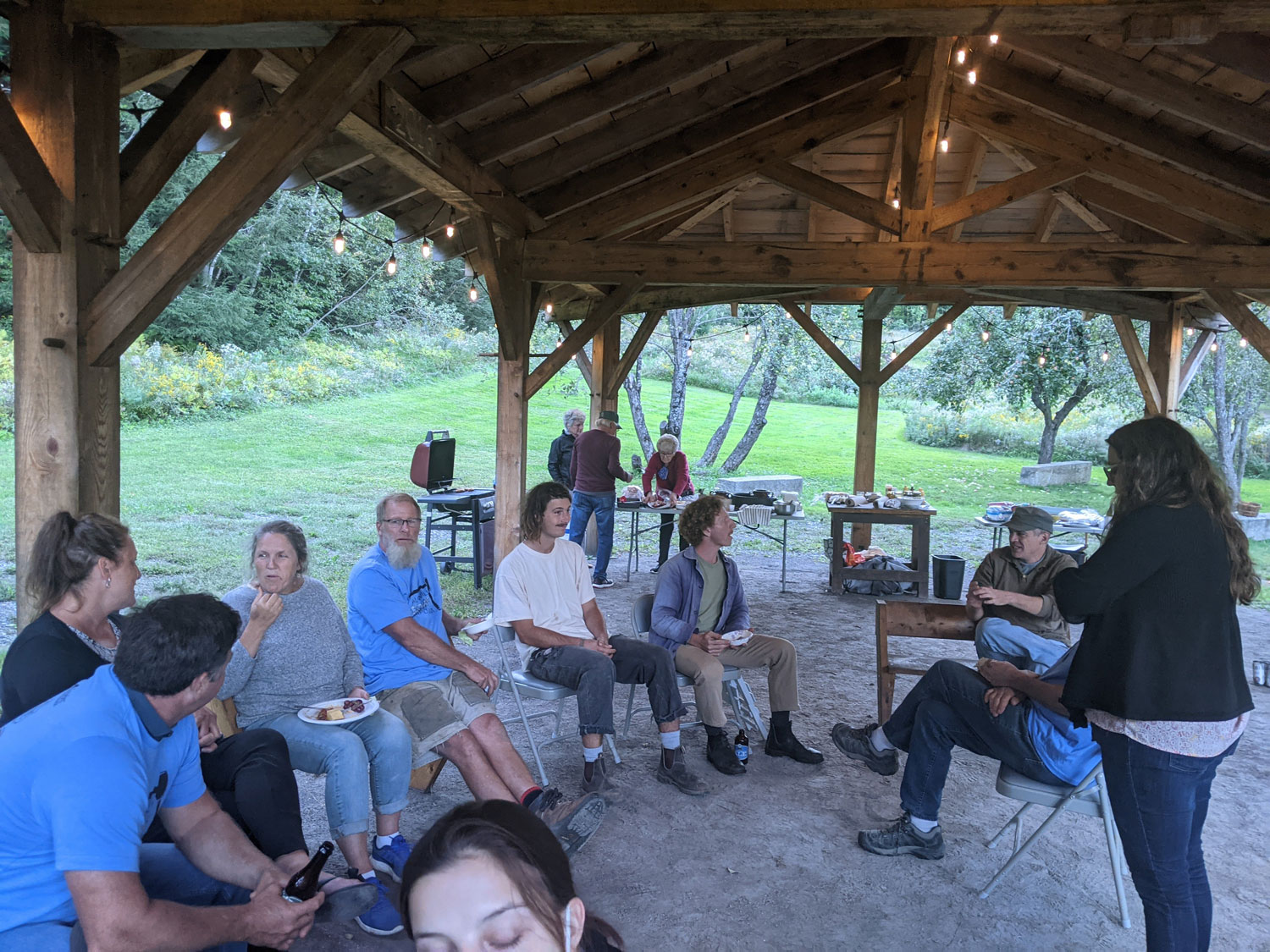
Granite Cookout
September 11, 2021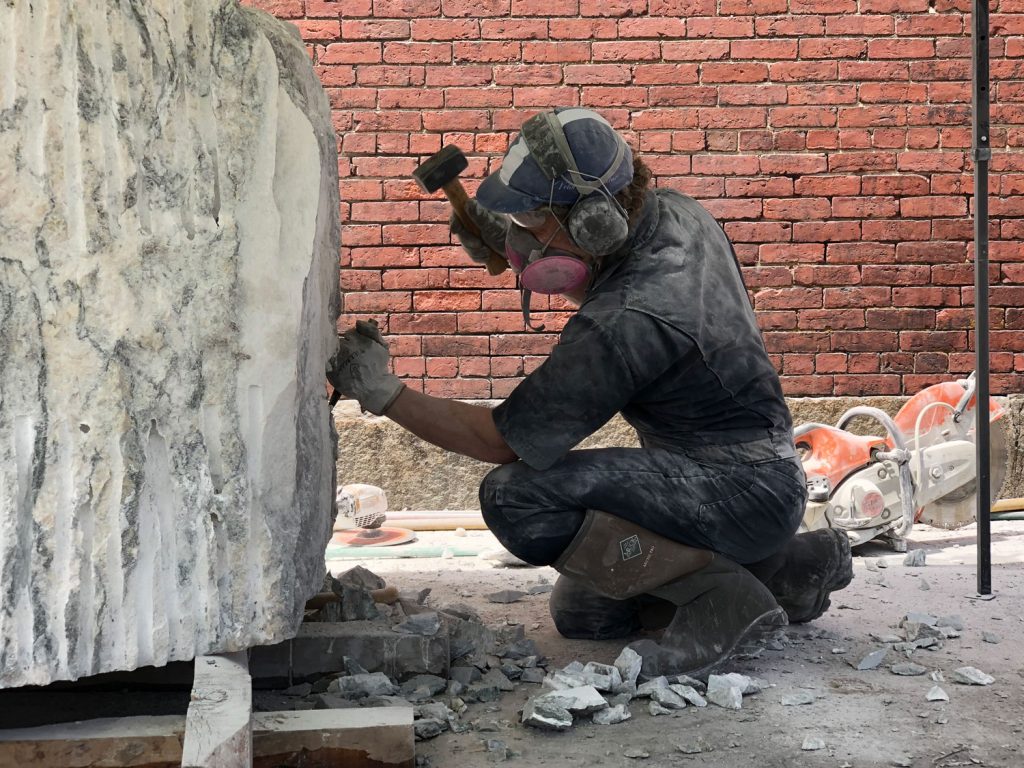
Sam Finkelstein’s loose framework for their stoneworking practice is focused around a three-digit form, resembling fingers or toes: “I tend to create abstract biomorphic forms with humanlike qualities.”
To further elaborate, “Accessibility is very important for me– that the viewer will be drawn into the work and take something away from it. If my work bears some resemblance to the body you inhabit, rather than being entirely abstract, that becomes a starting point and helps you make sense of it.”
Sam explains their approach to working with stone: “I generally have a web of concepts running through my head, so it’s more a matter of finding rocks that might best articulate each idea. Of course, there is always a collaborative effort as material is removed and the stone suggests ways it would like to be shaped.”
Branching out from poetry and drawing, Sam started sculpting with stone a few years ago, intrigued by its venerable history as well as its ubiquity. Especially in our contemporary era focused on hyper-speed, they reflect, it gives pause to engage with material that took so long to come into existence such a very long time ago, and a medium that demands so much time and energy for an artist to render.

And it’s remarkable to think about how rocks, formed hundreds of millions of years ago, are universally familiar to just about everyone in our daily lives. We live and work in buildings made of stone, we walk on it, it’s part of the natural landscape. Unlike some other art media, declares Sam,
“People already have an intuitive relationship with stone. And then we get to surprise them, by transforming it.”
